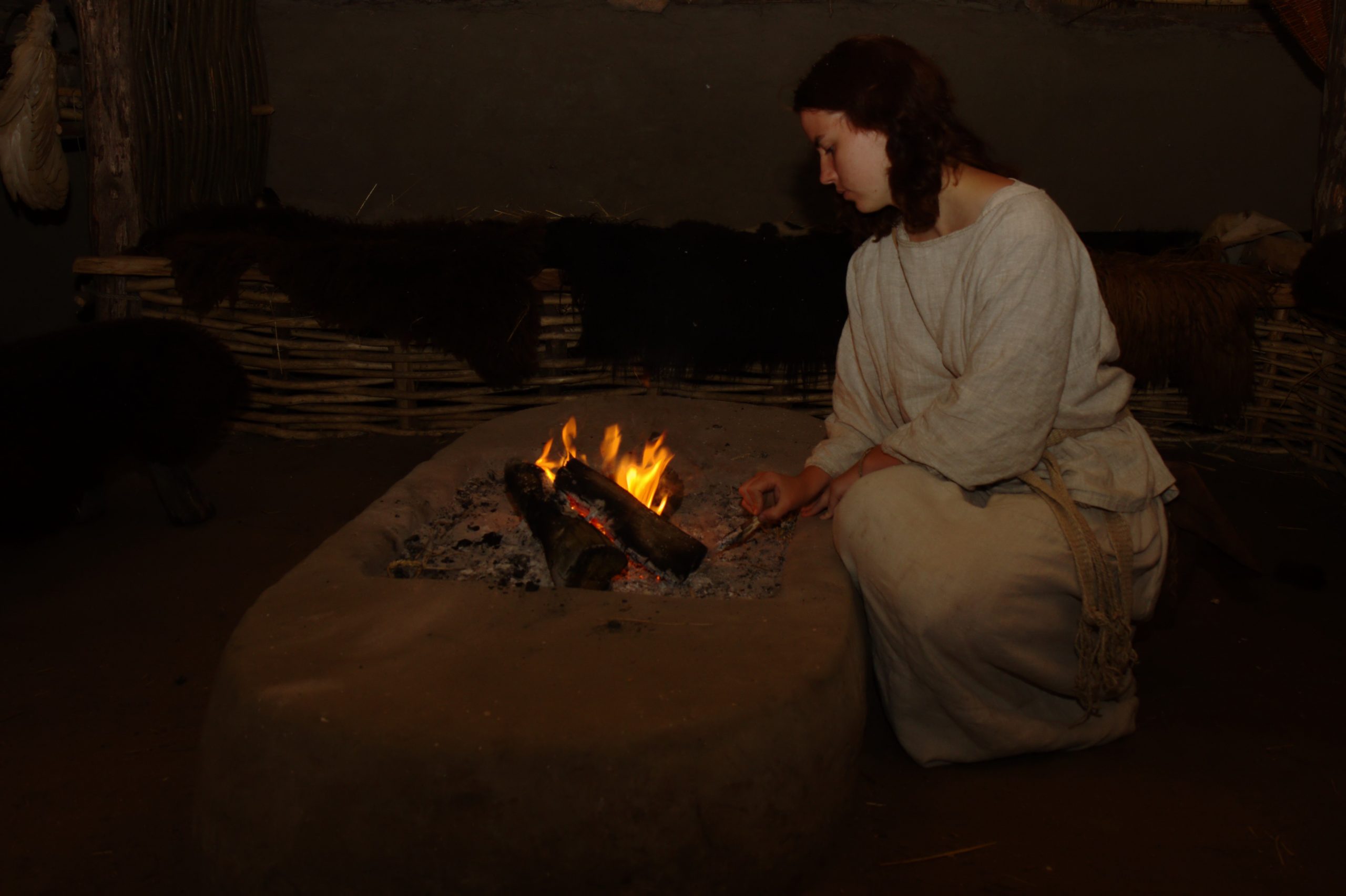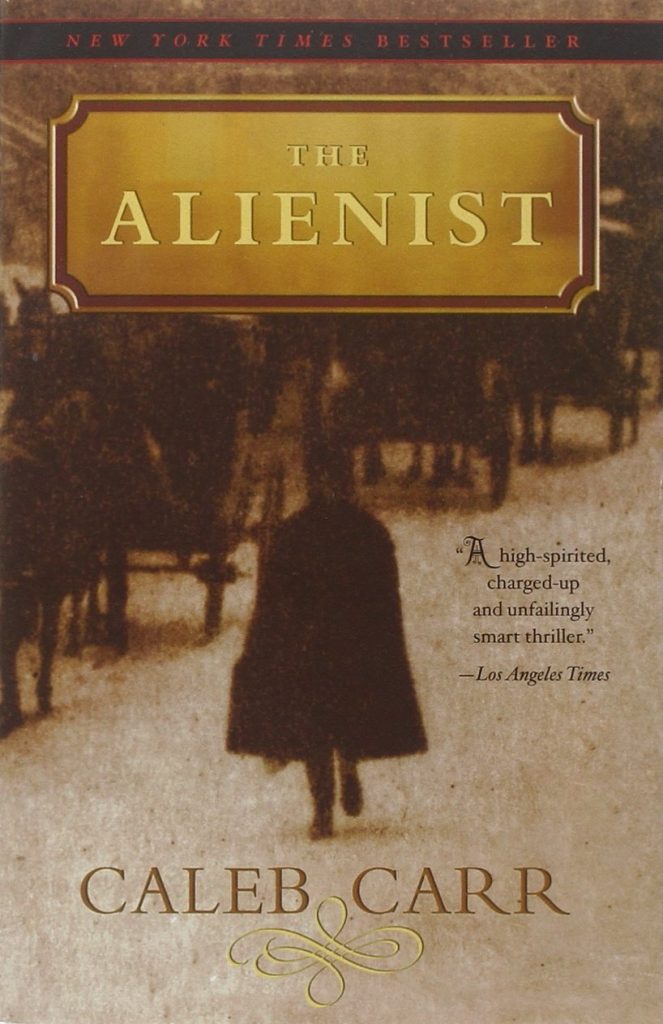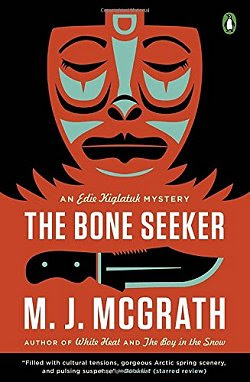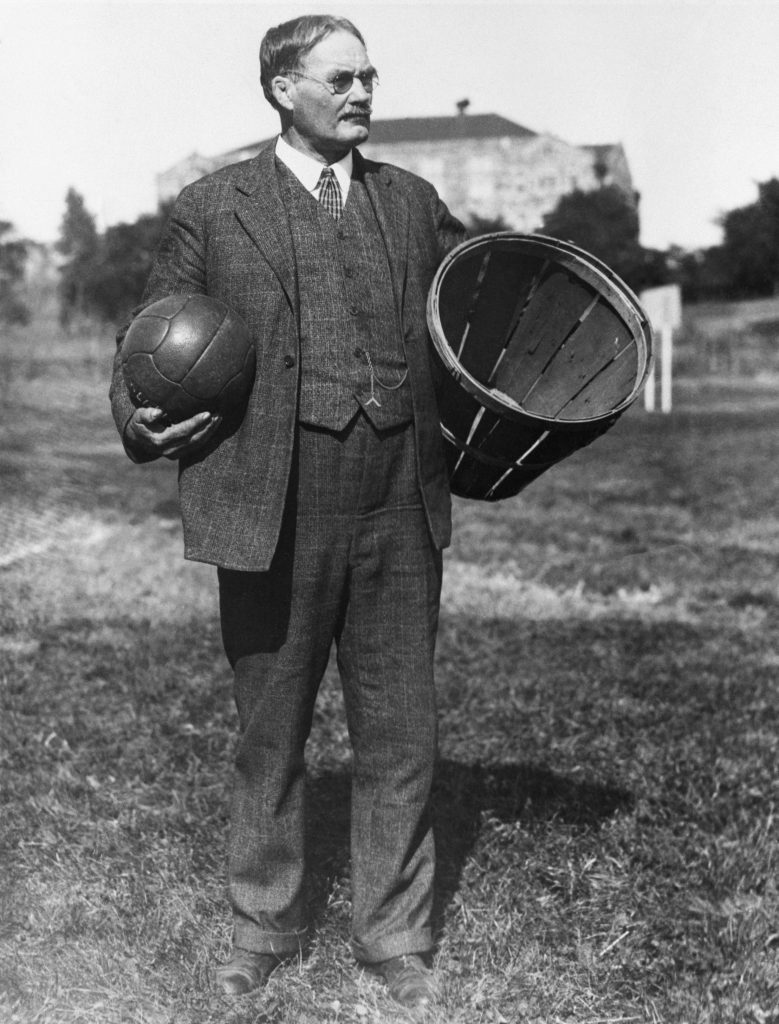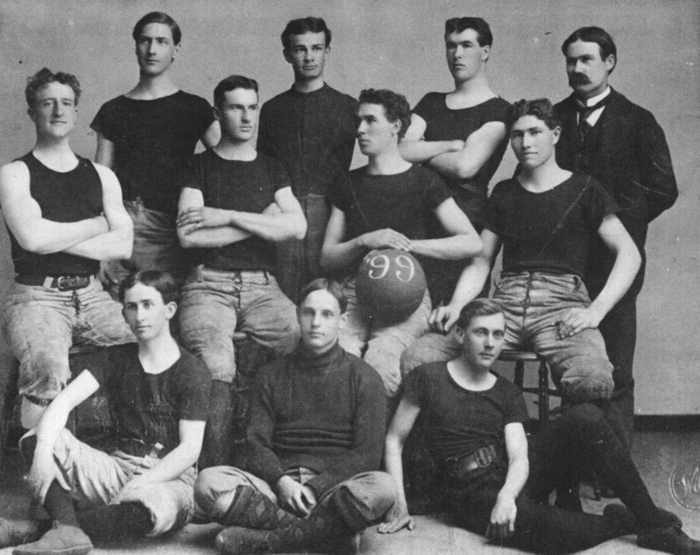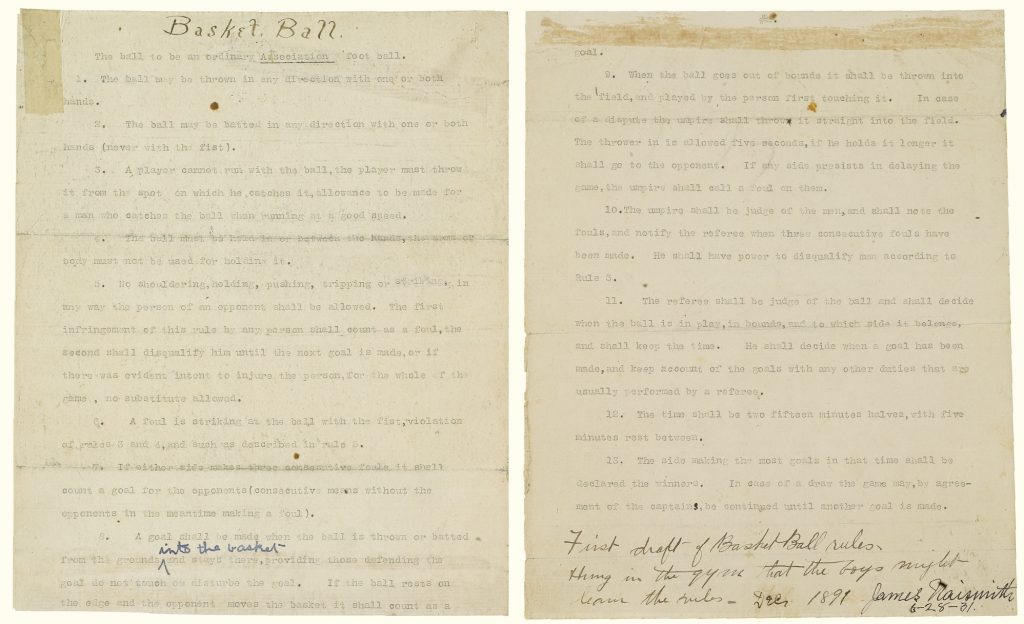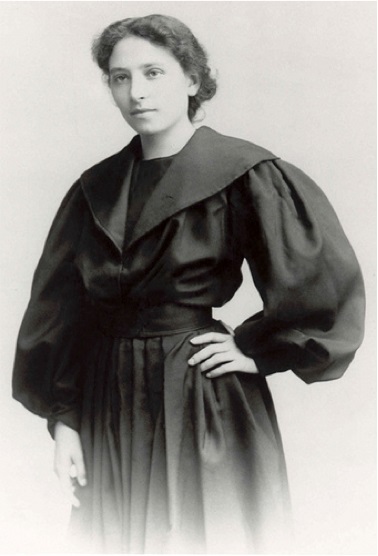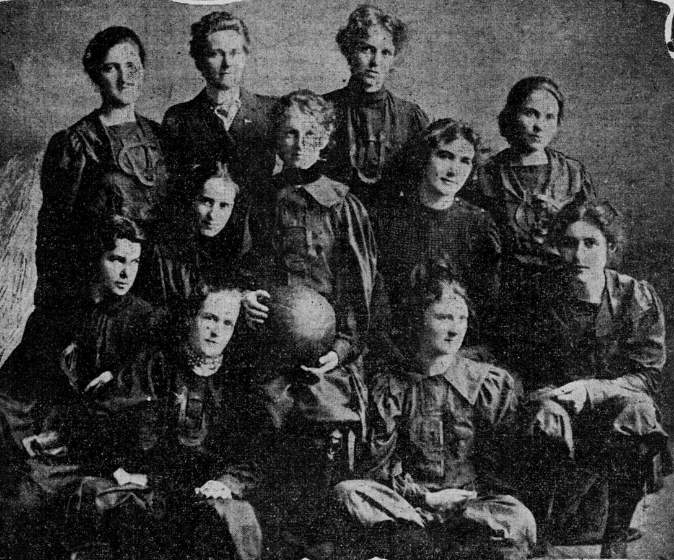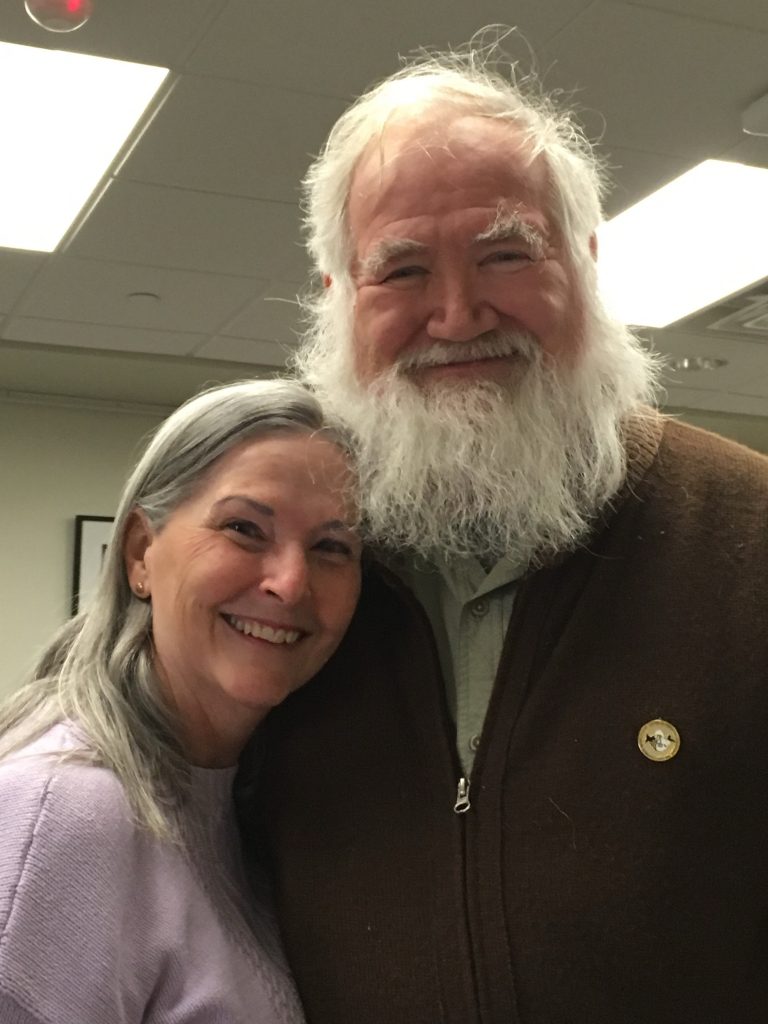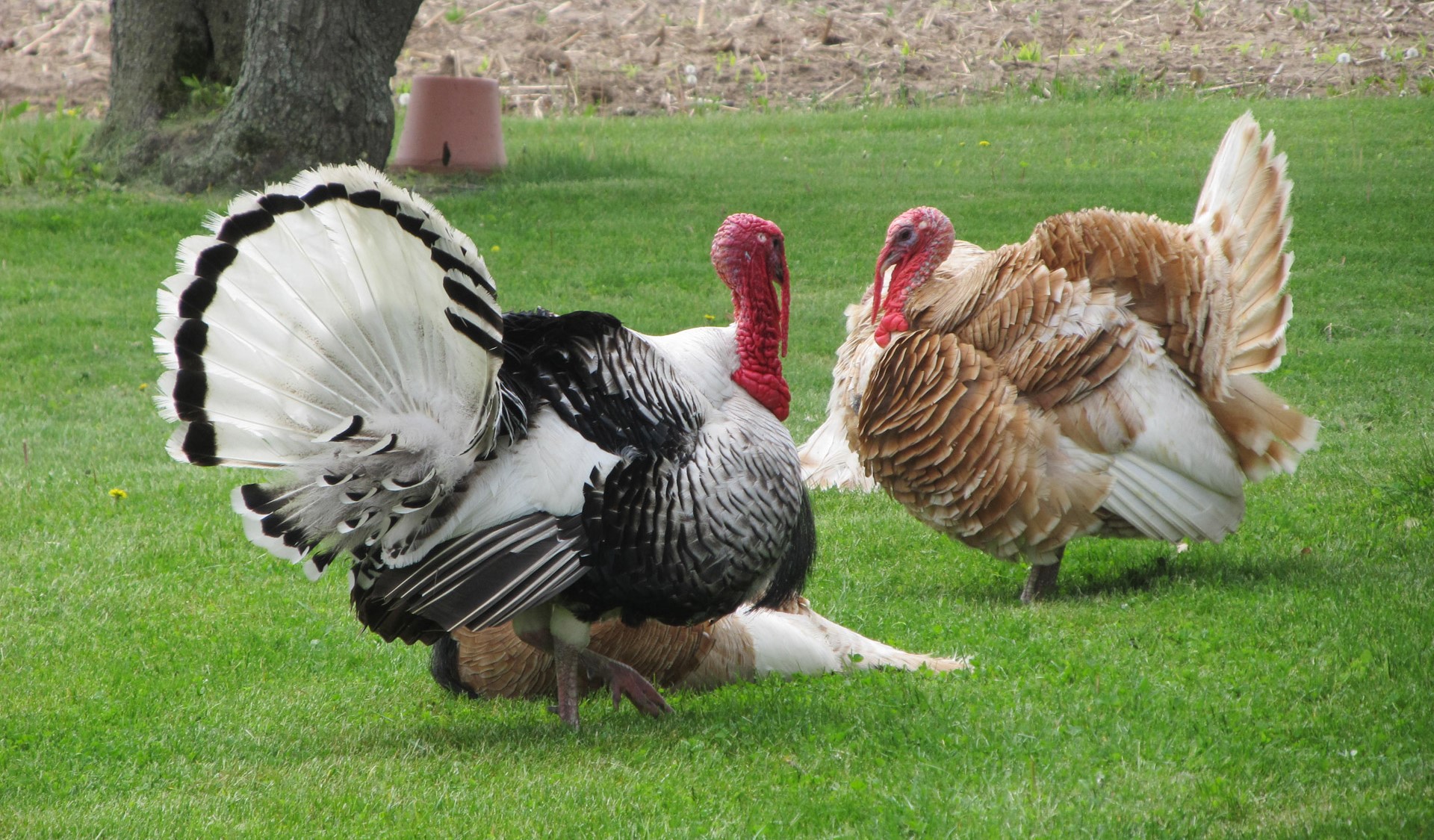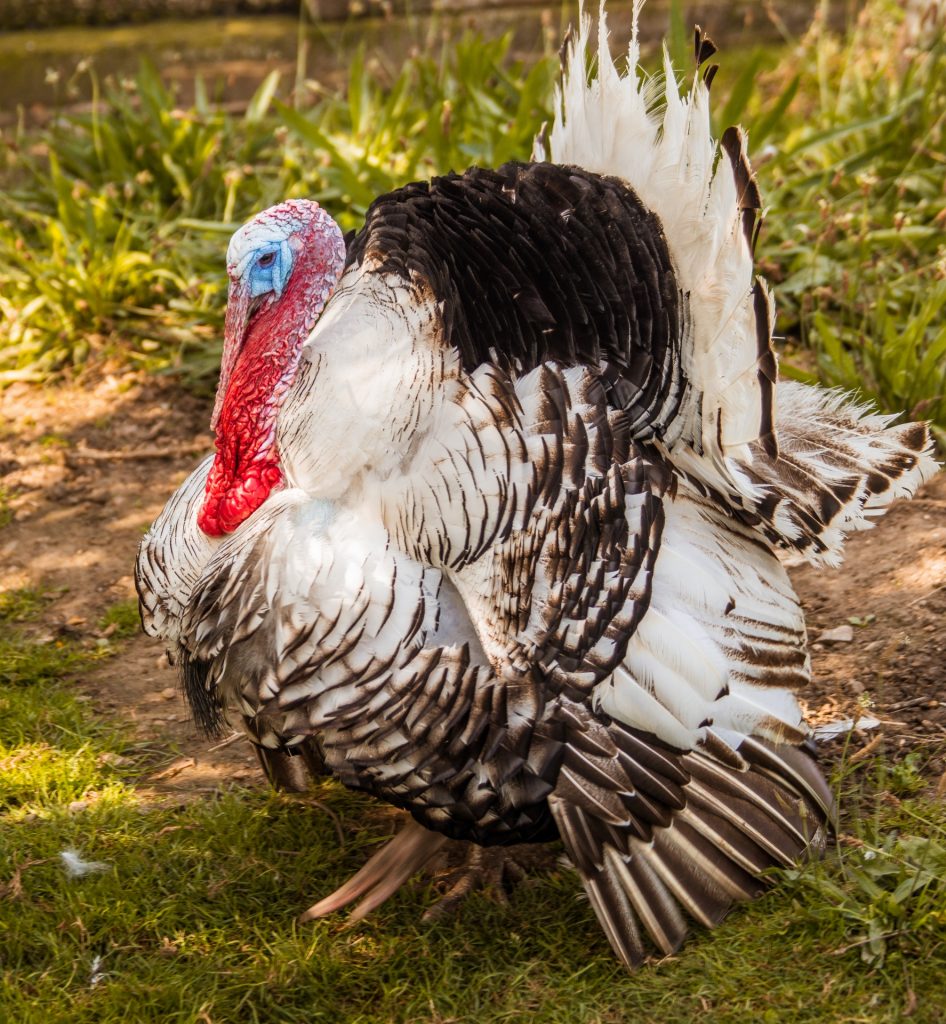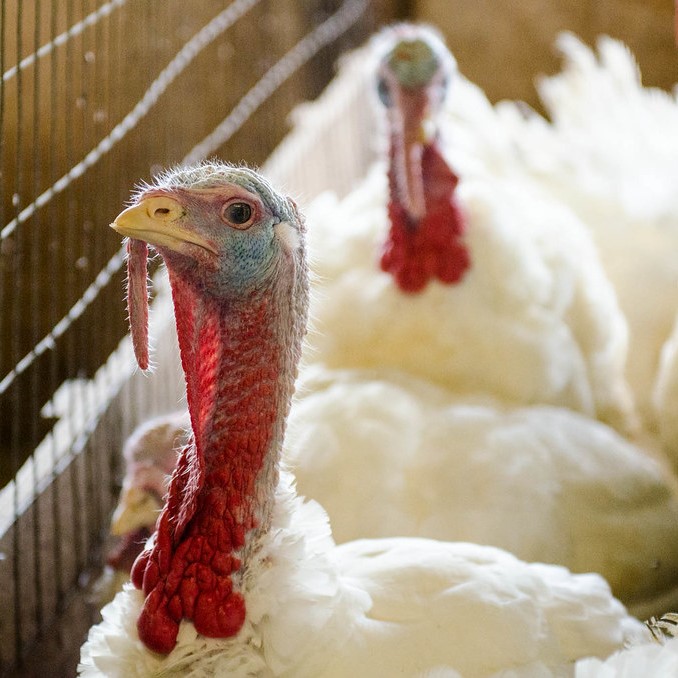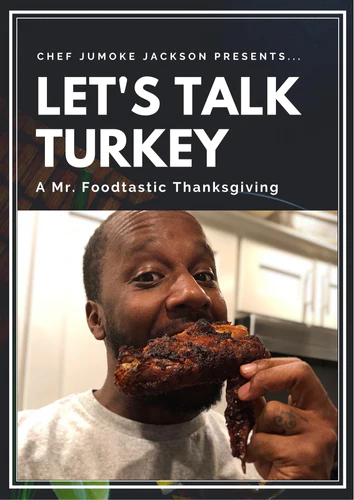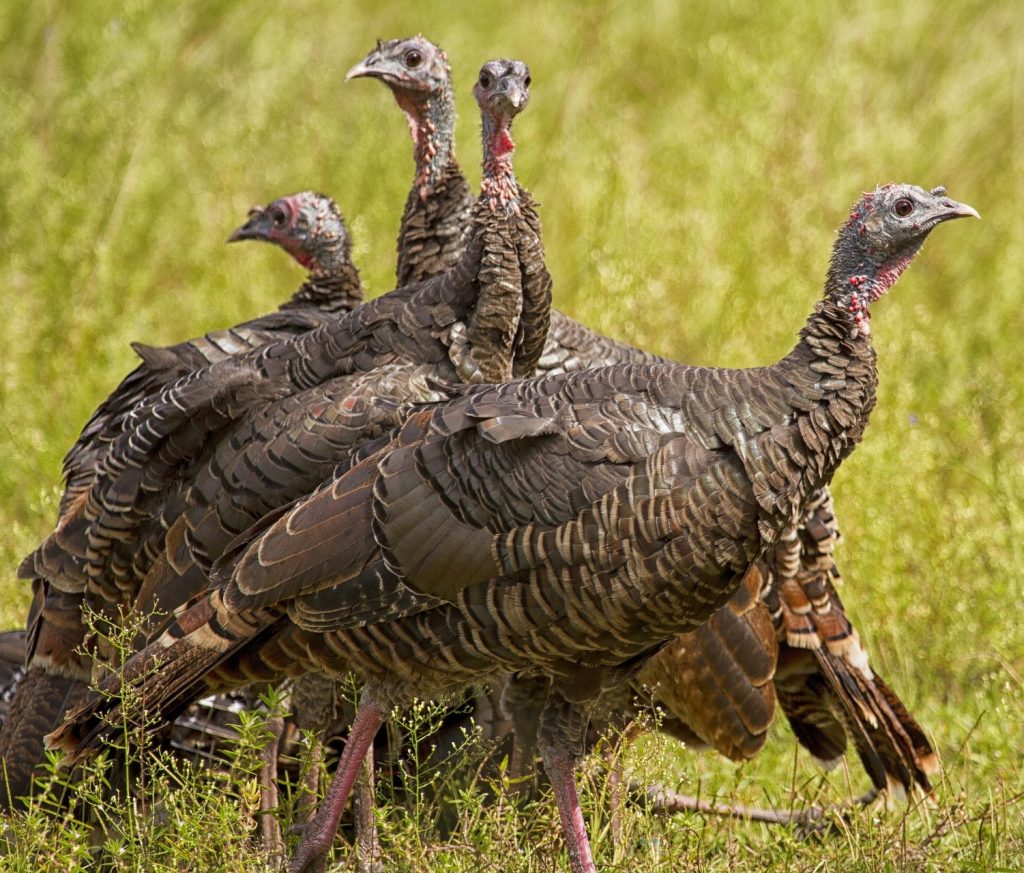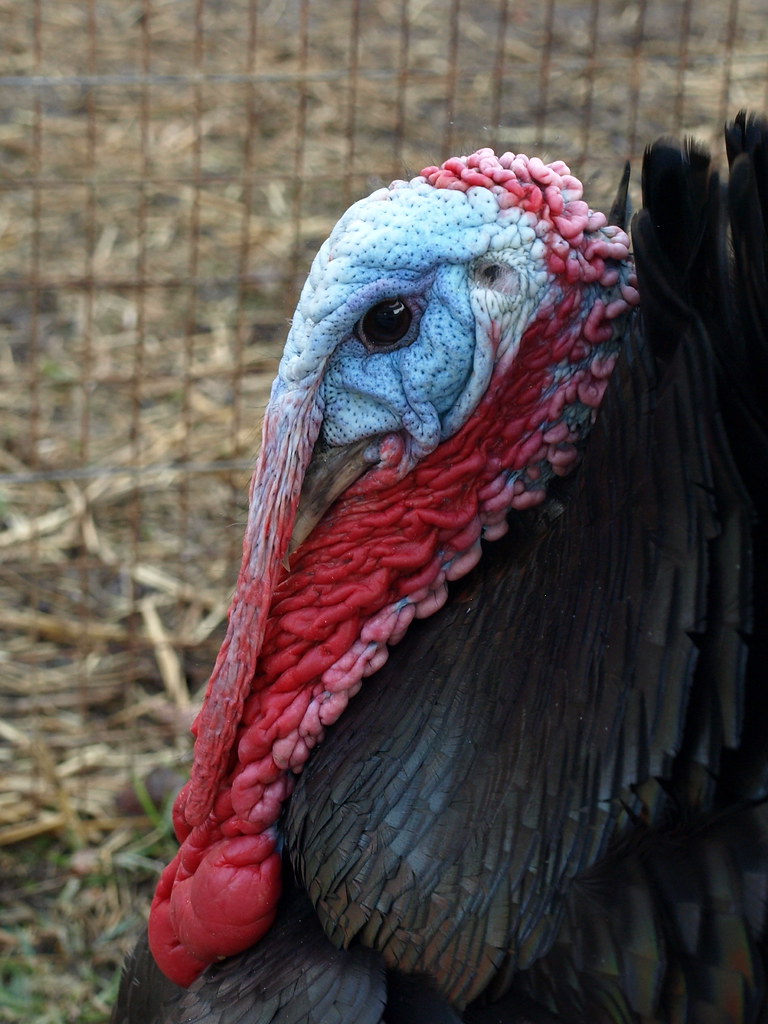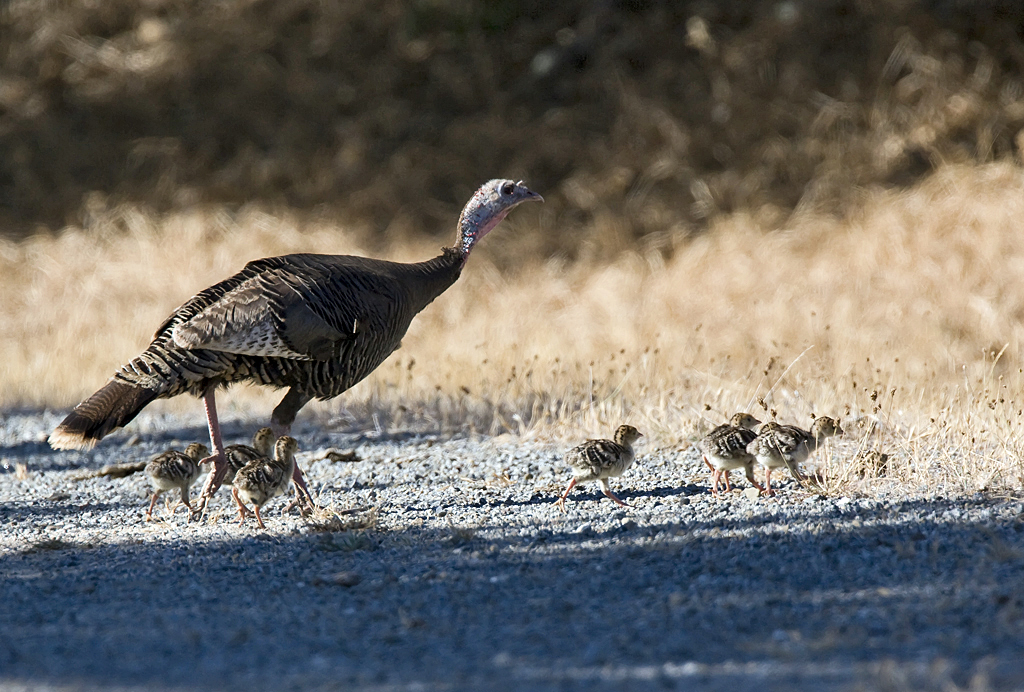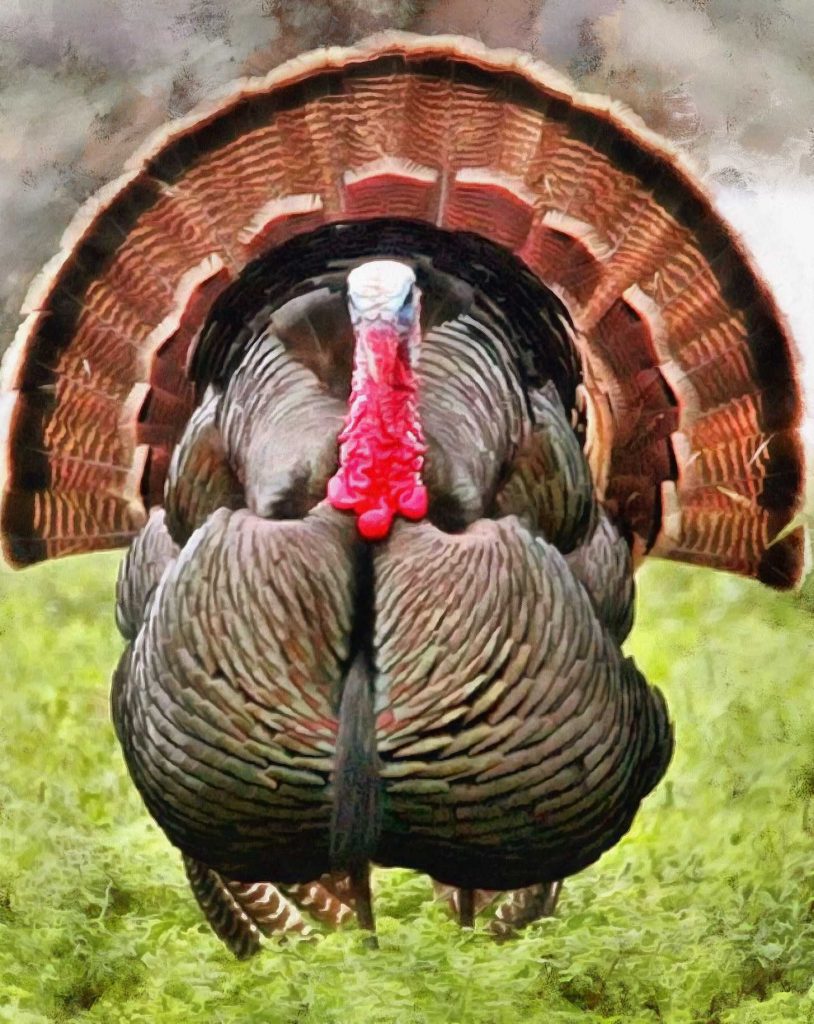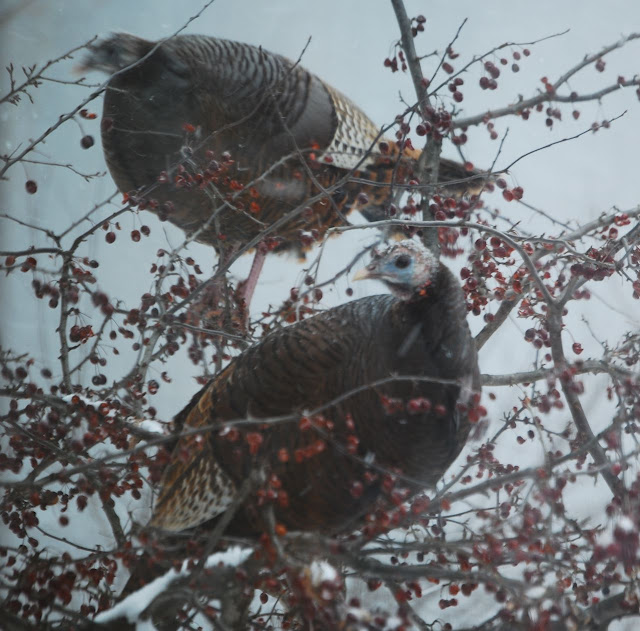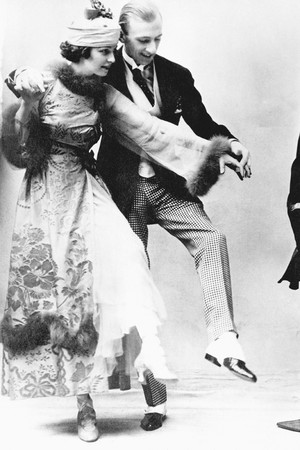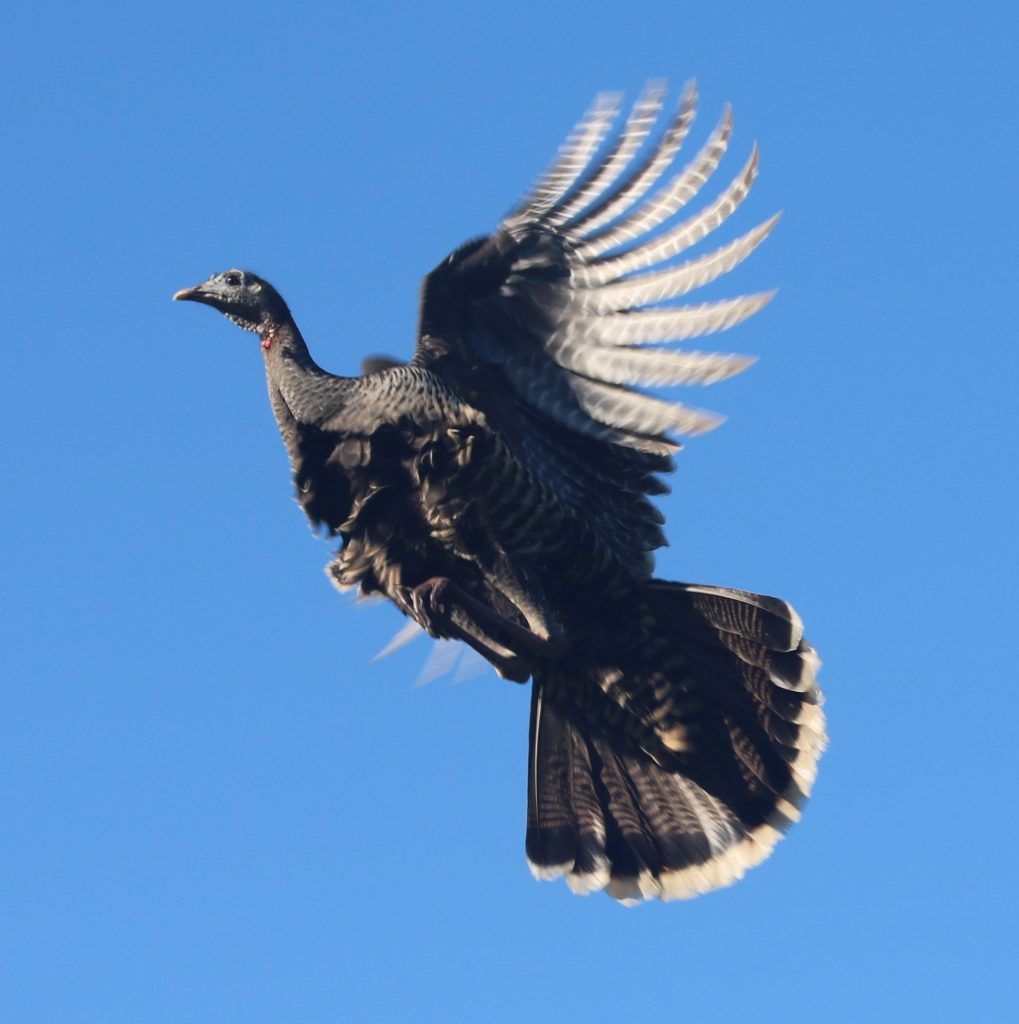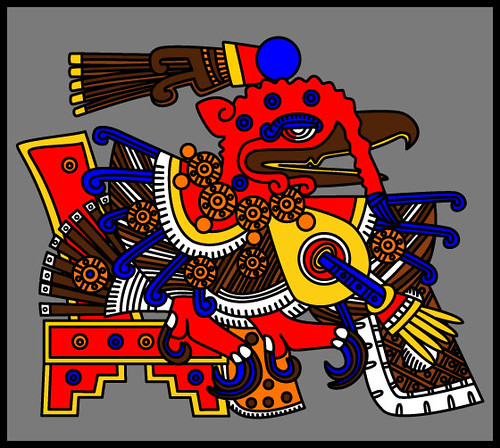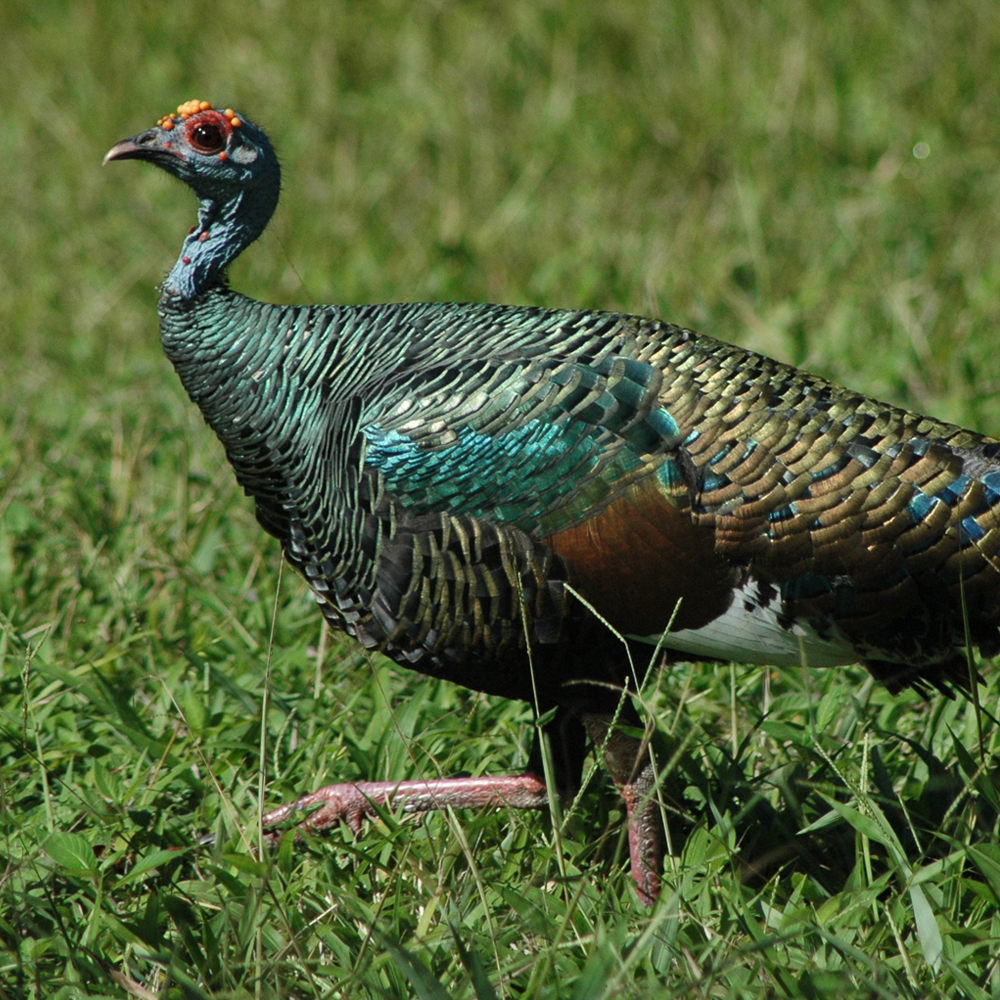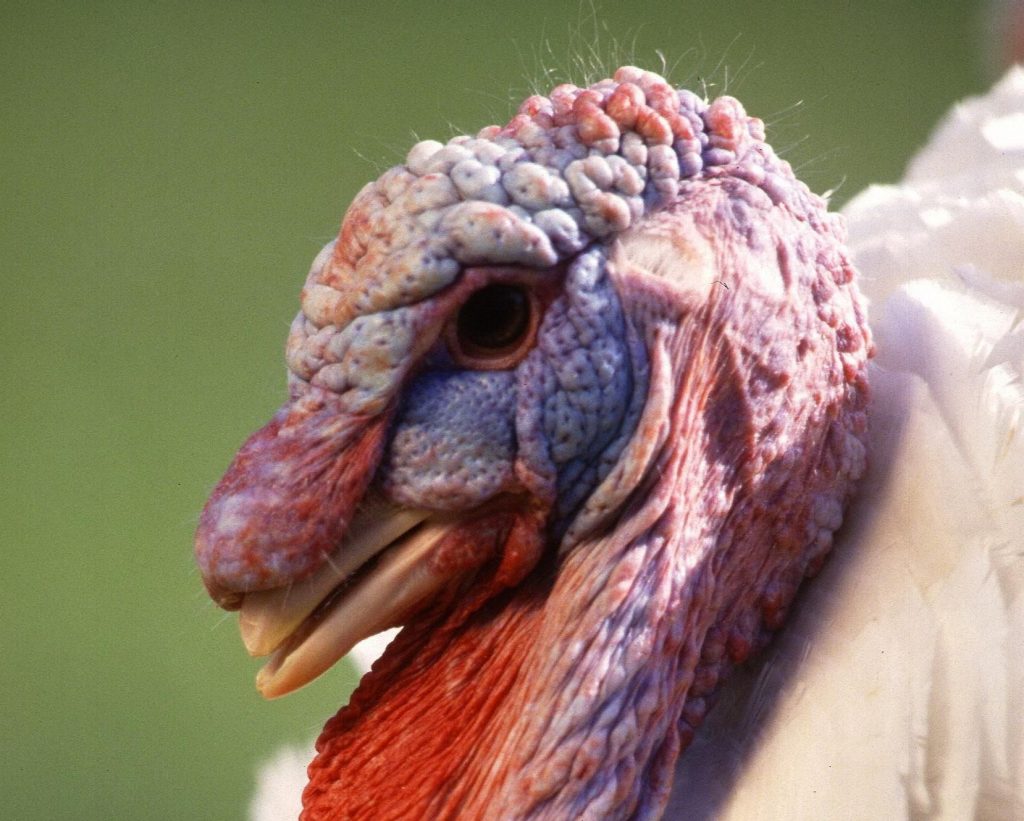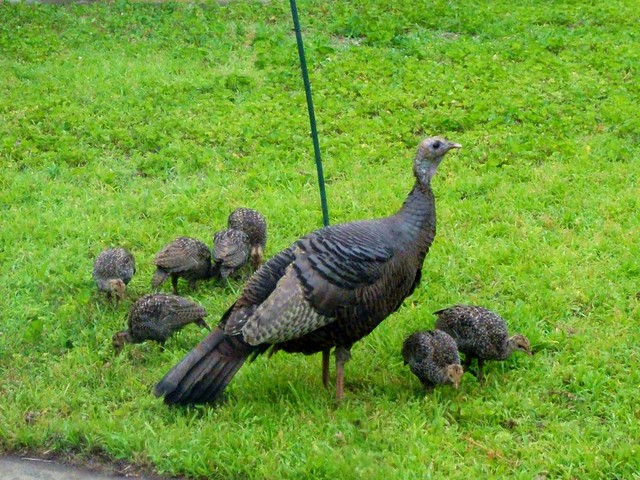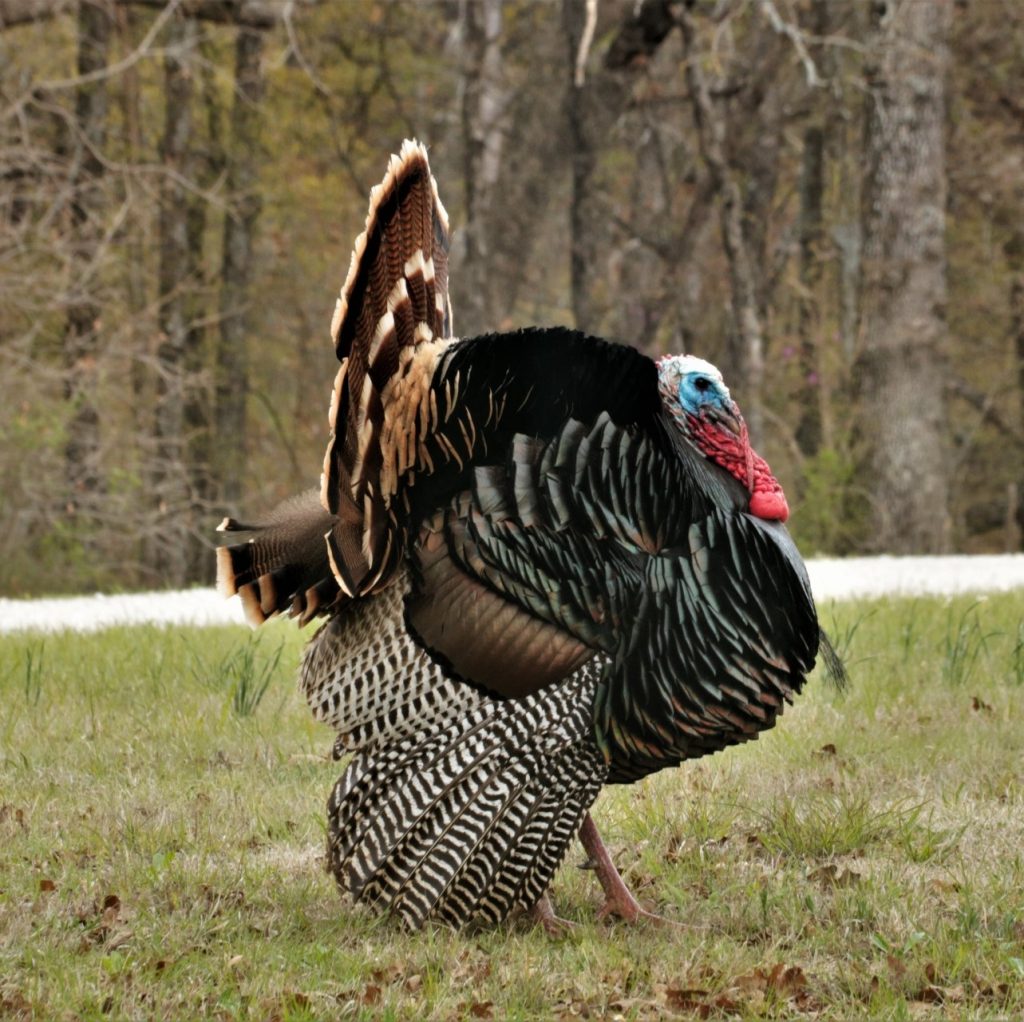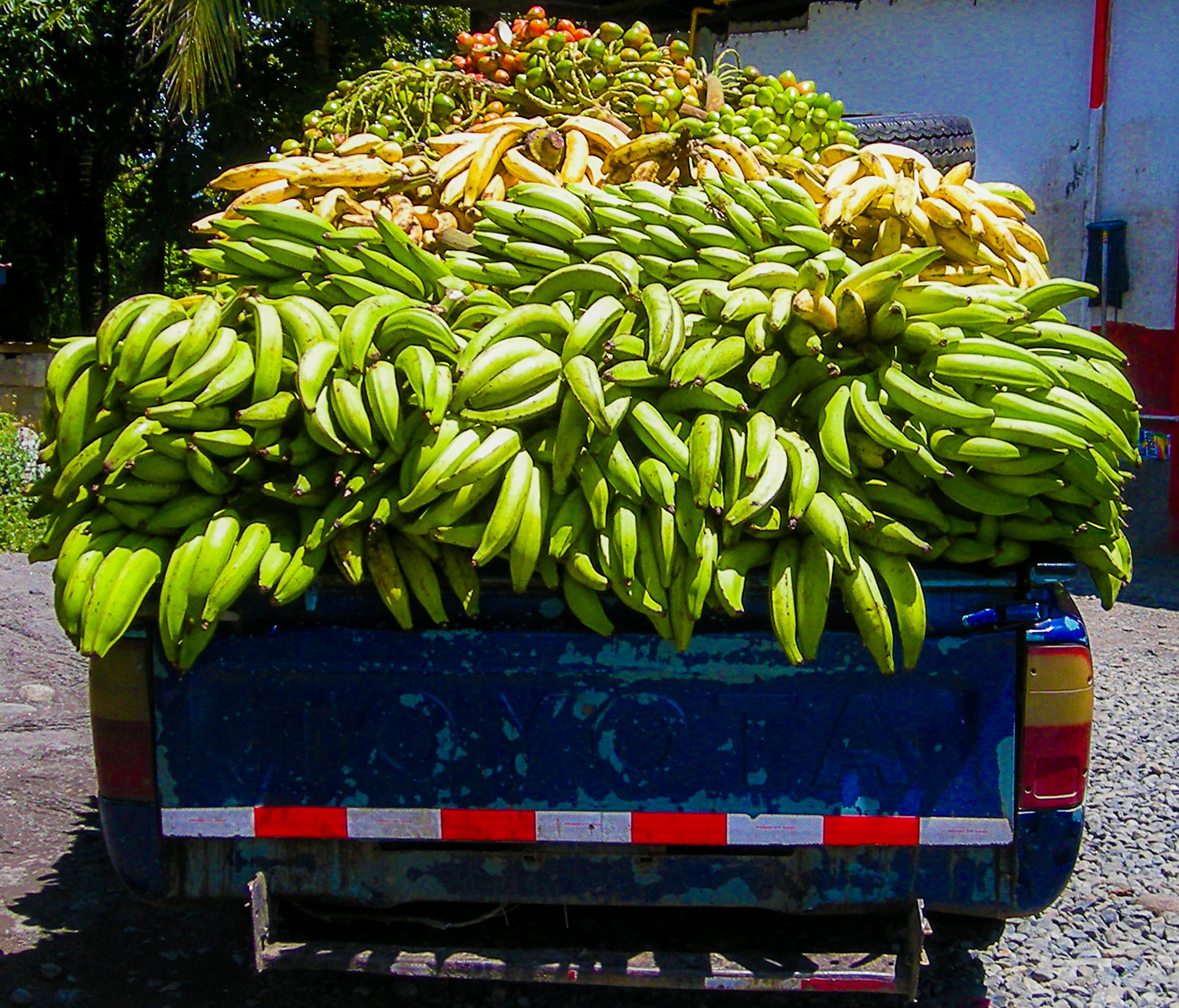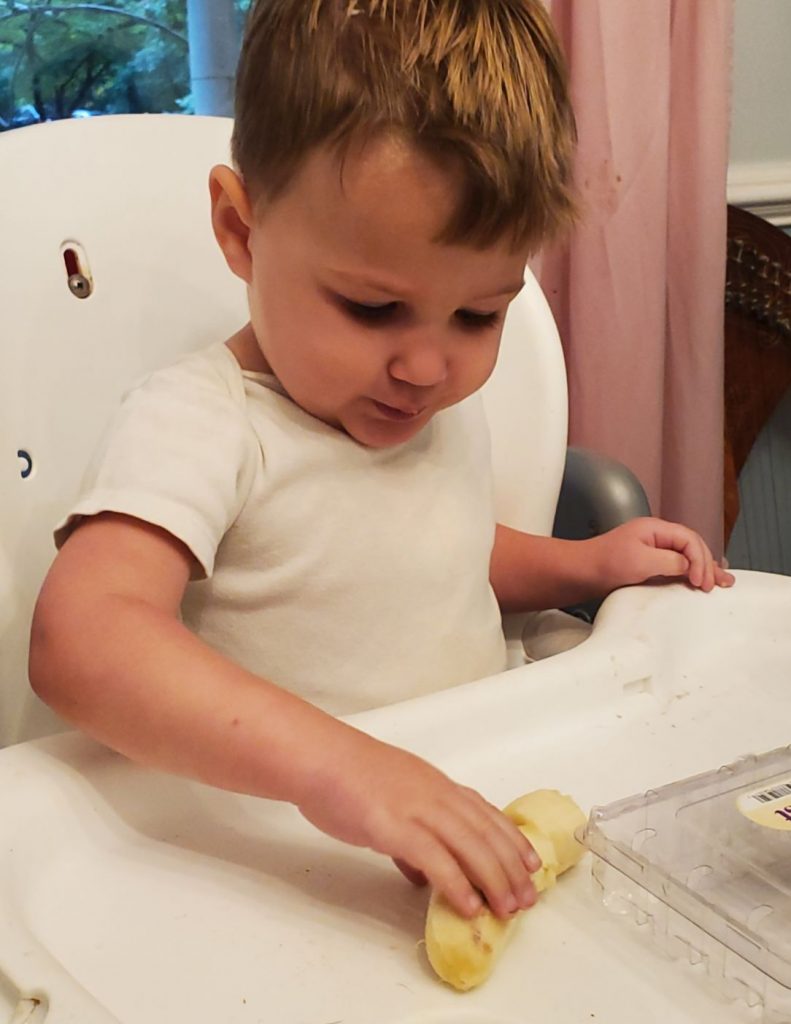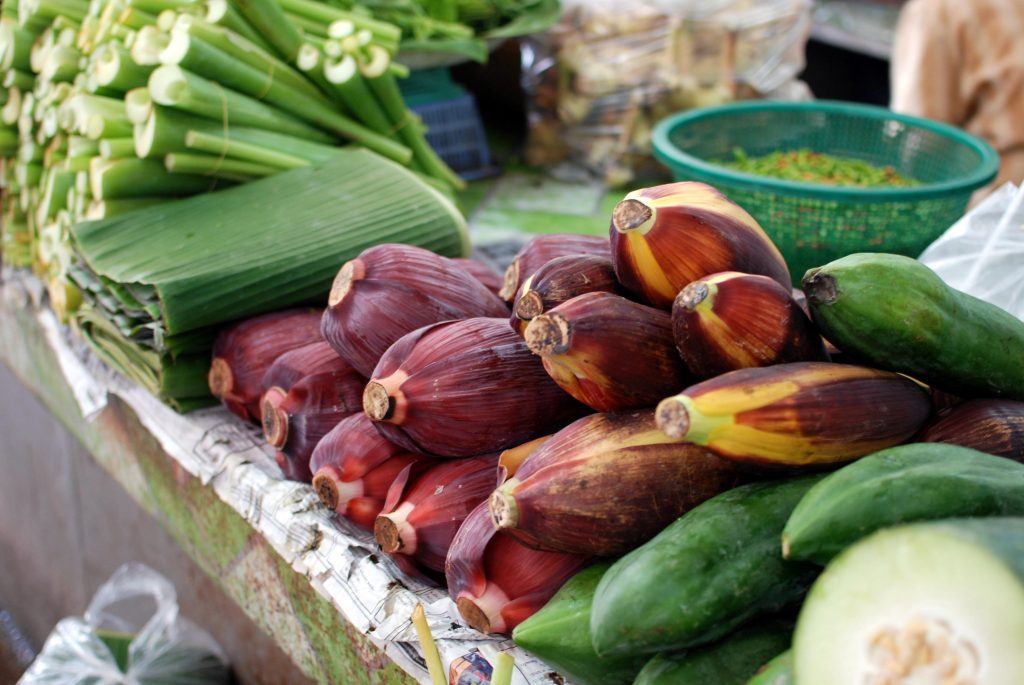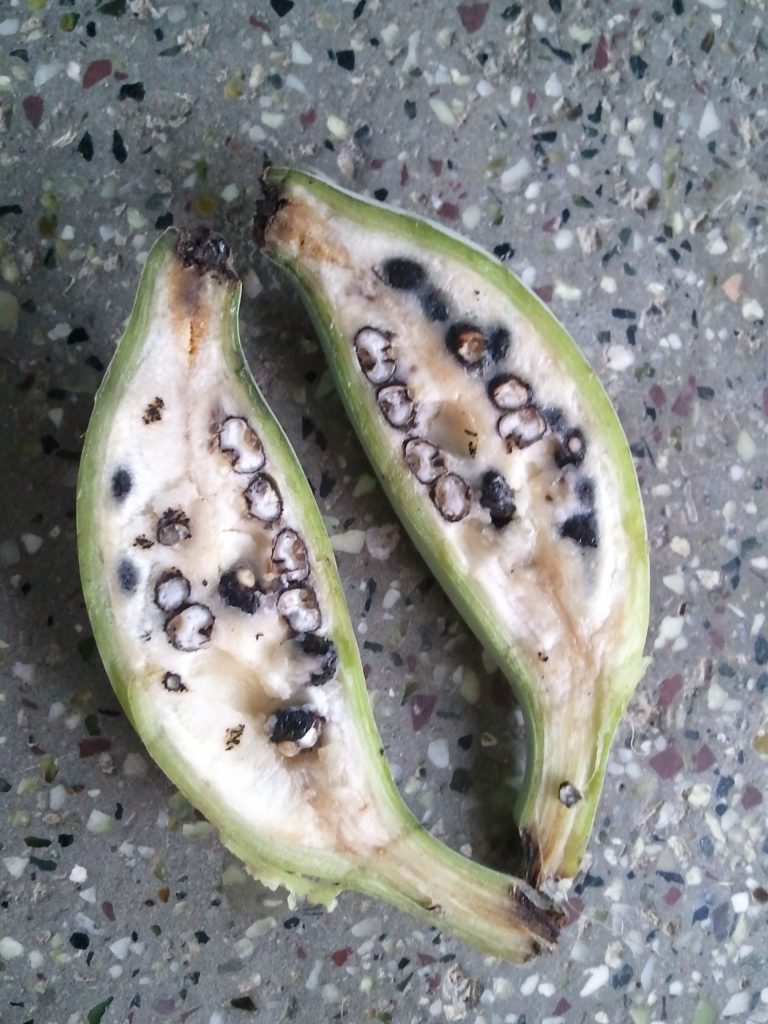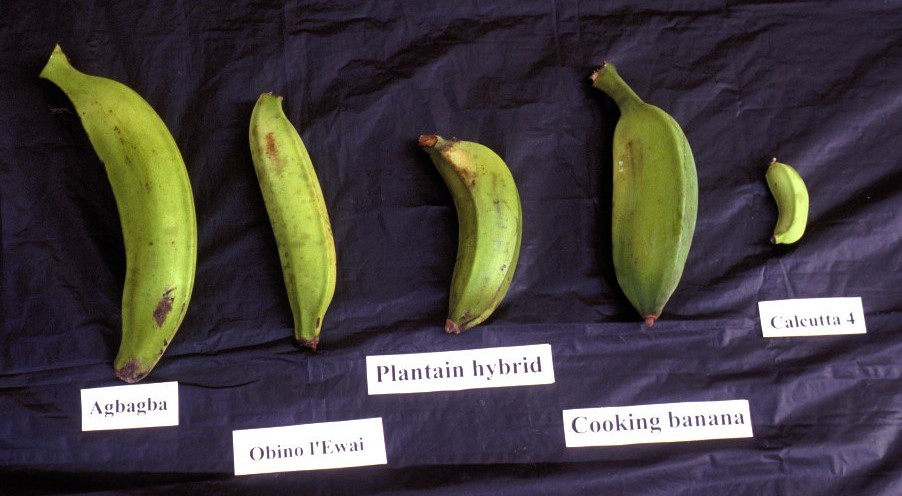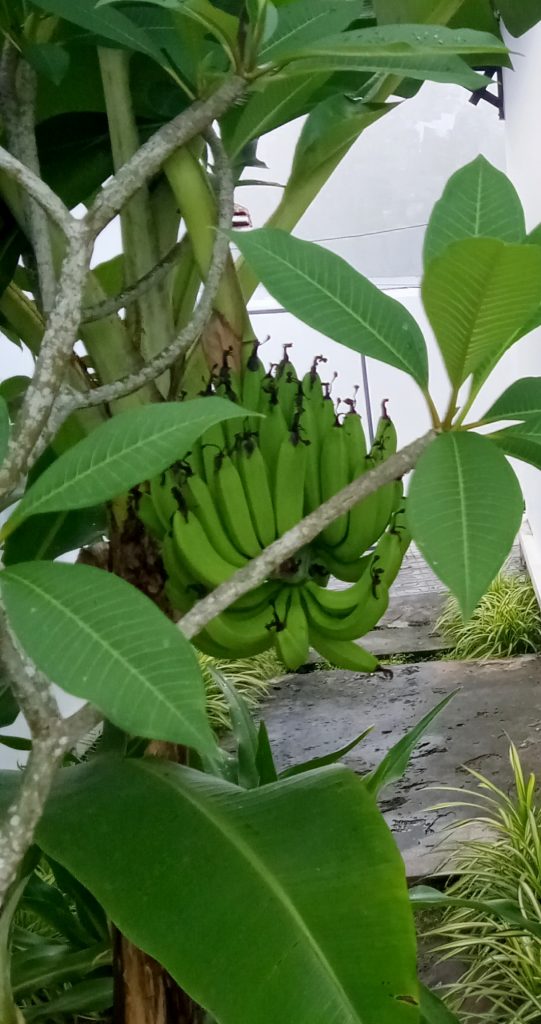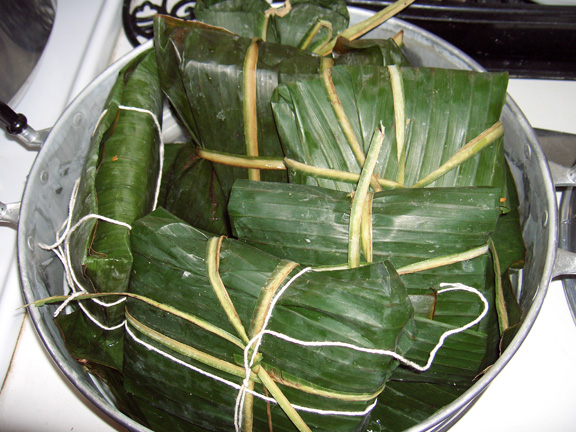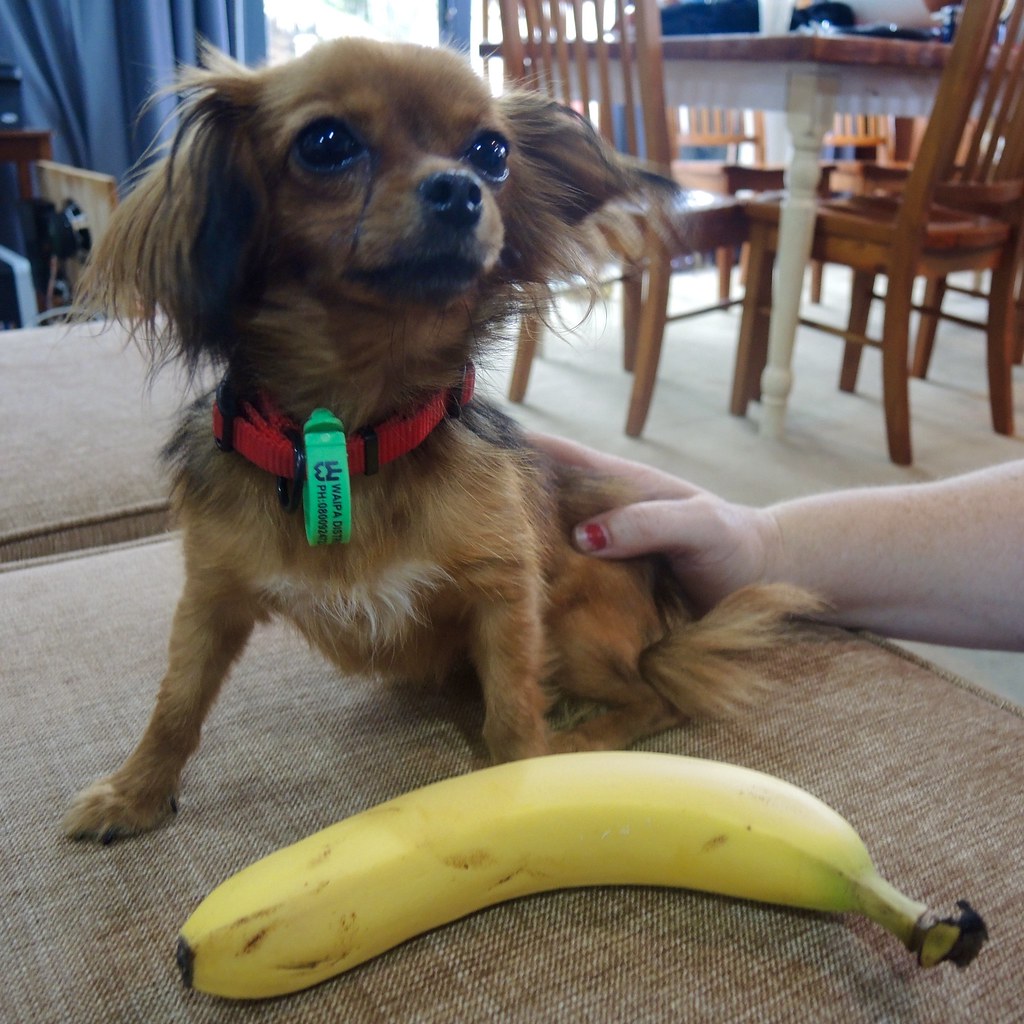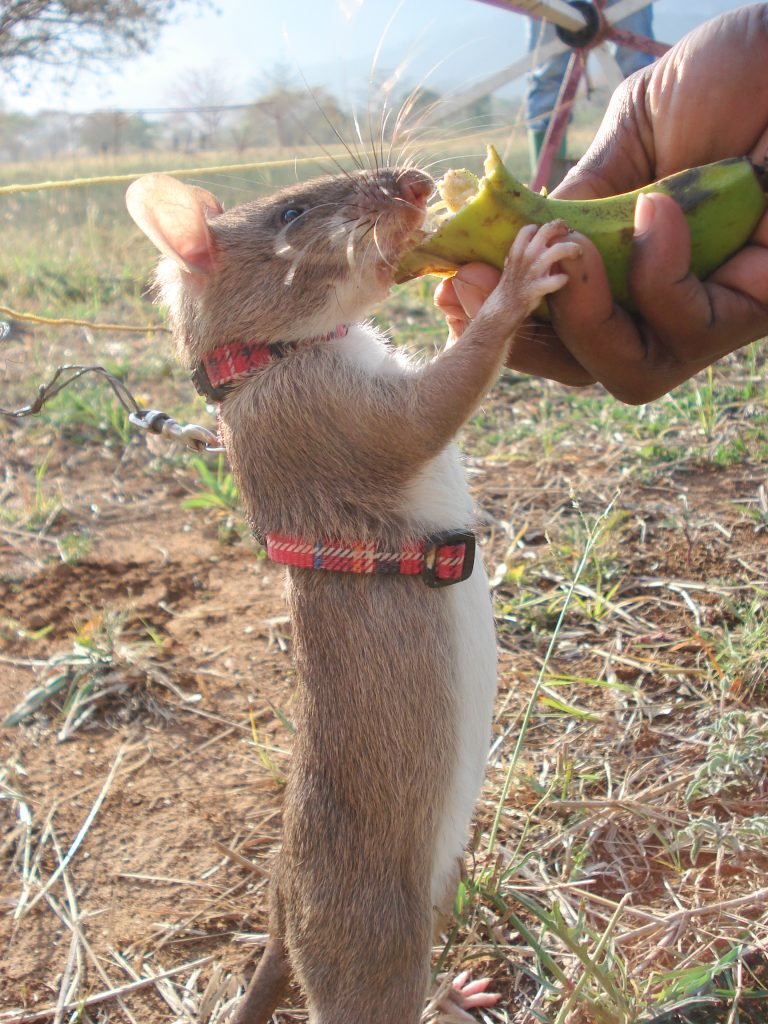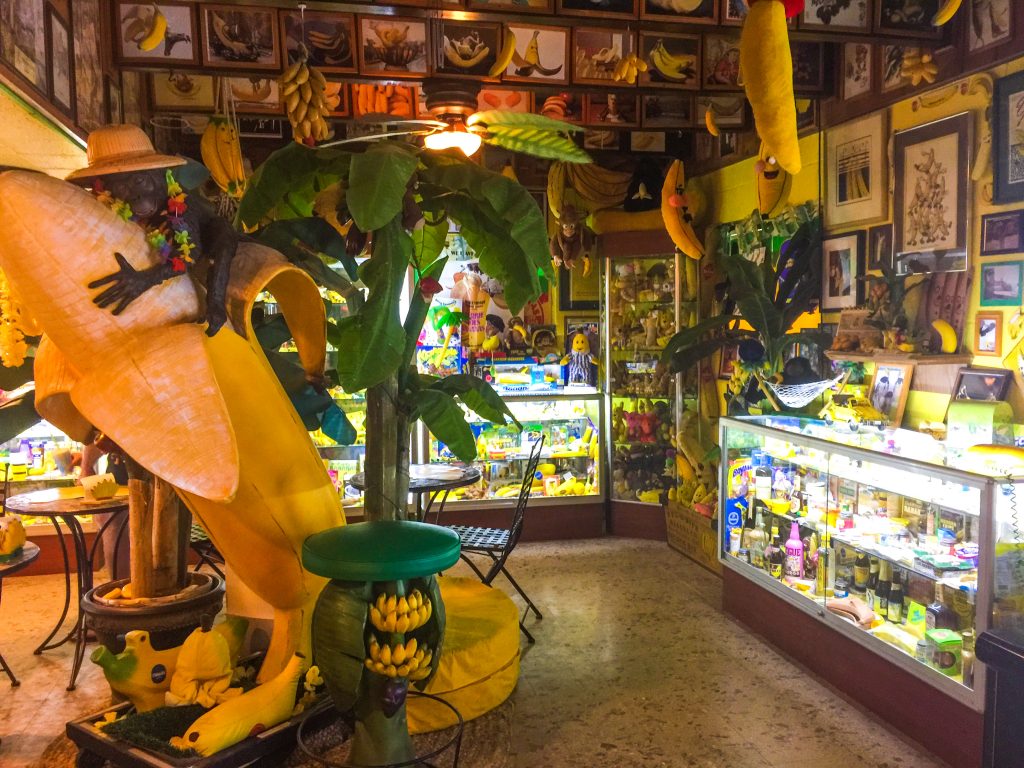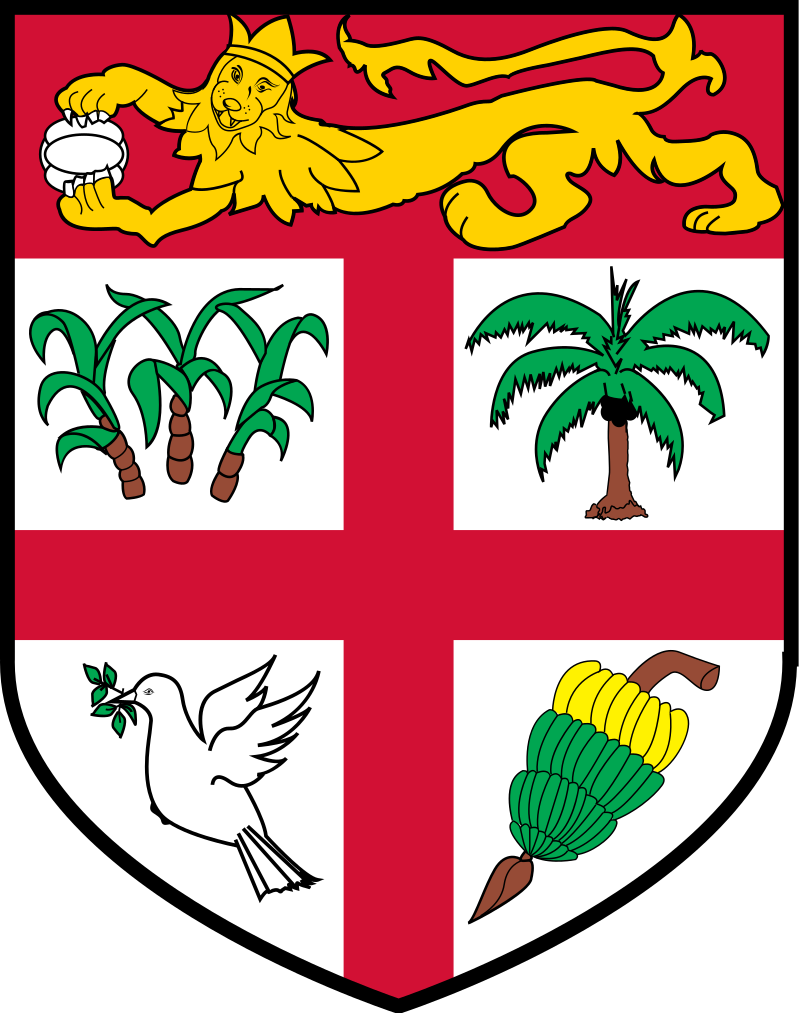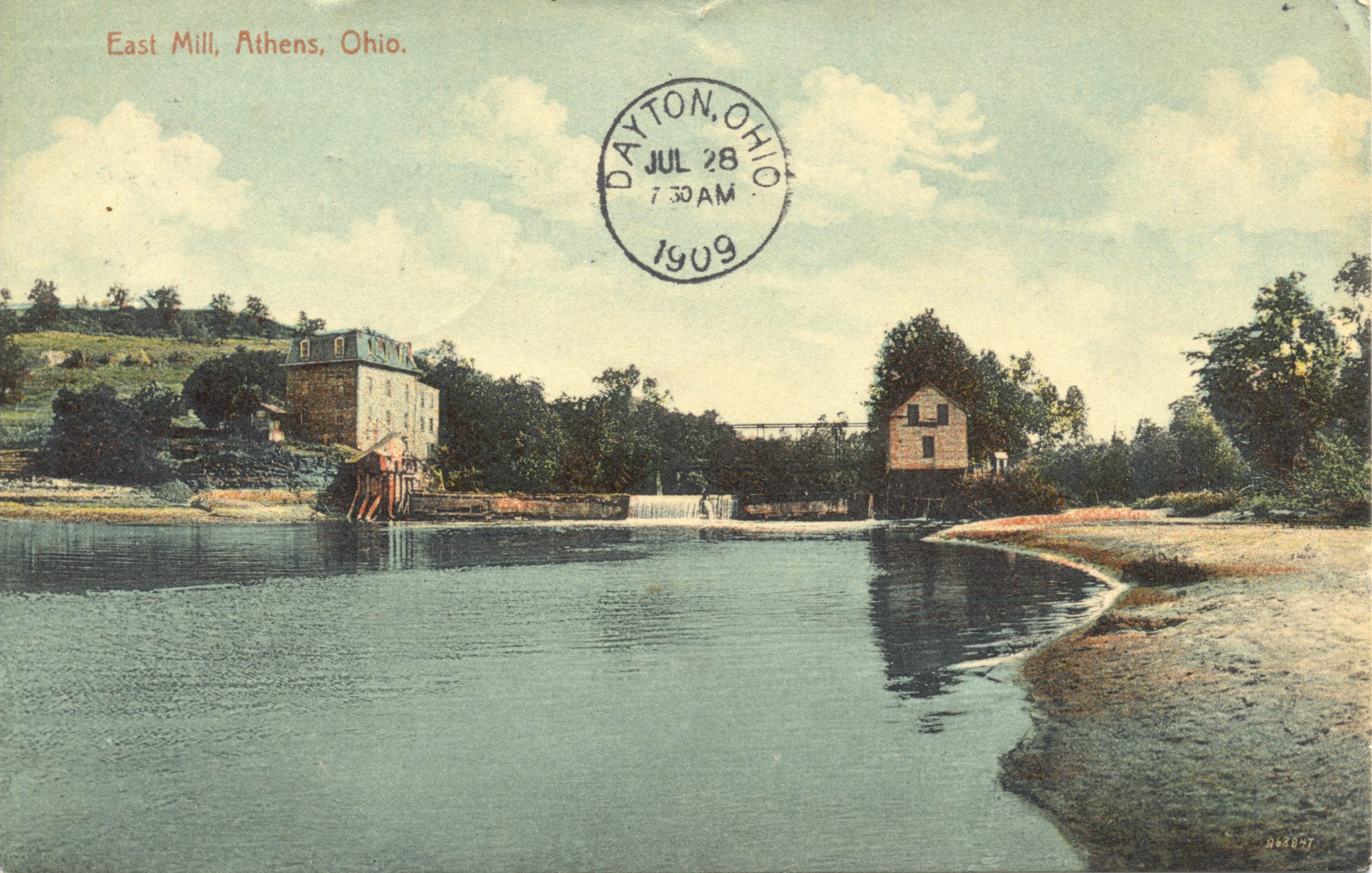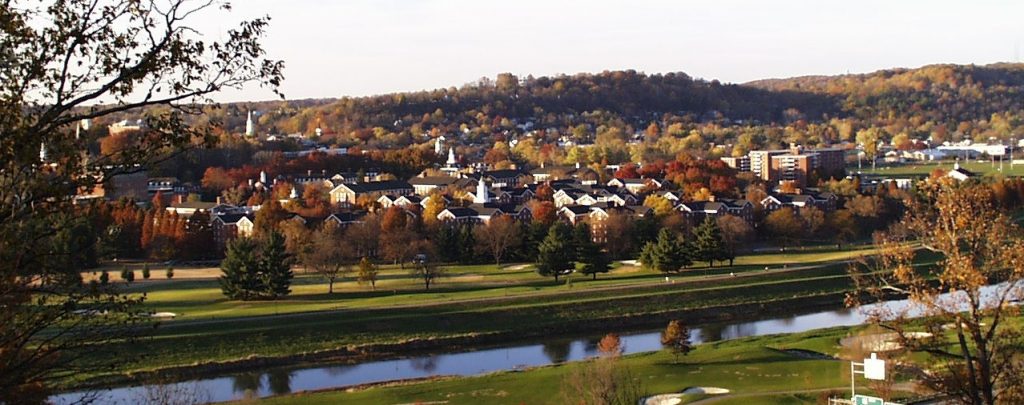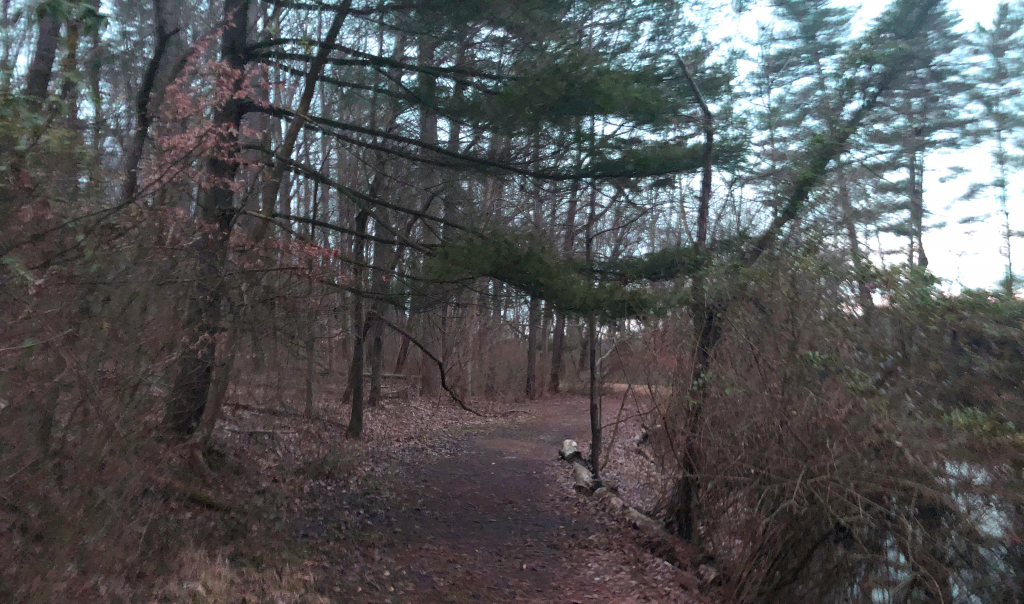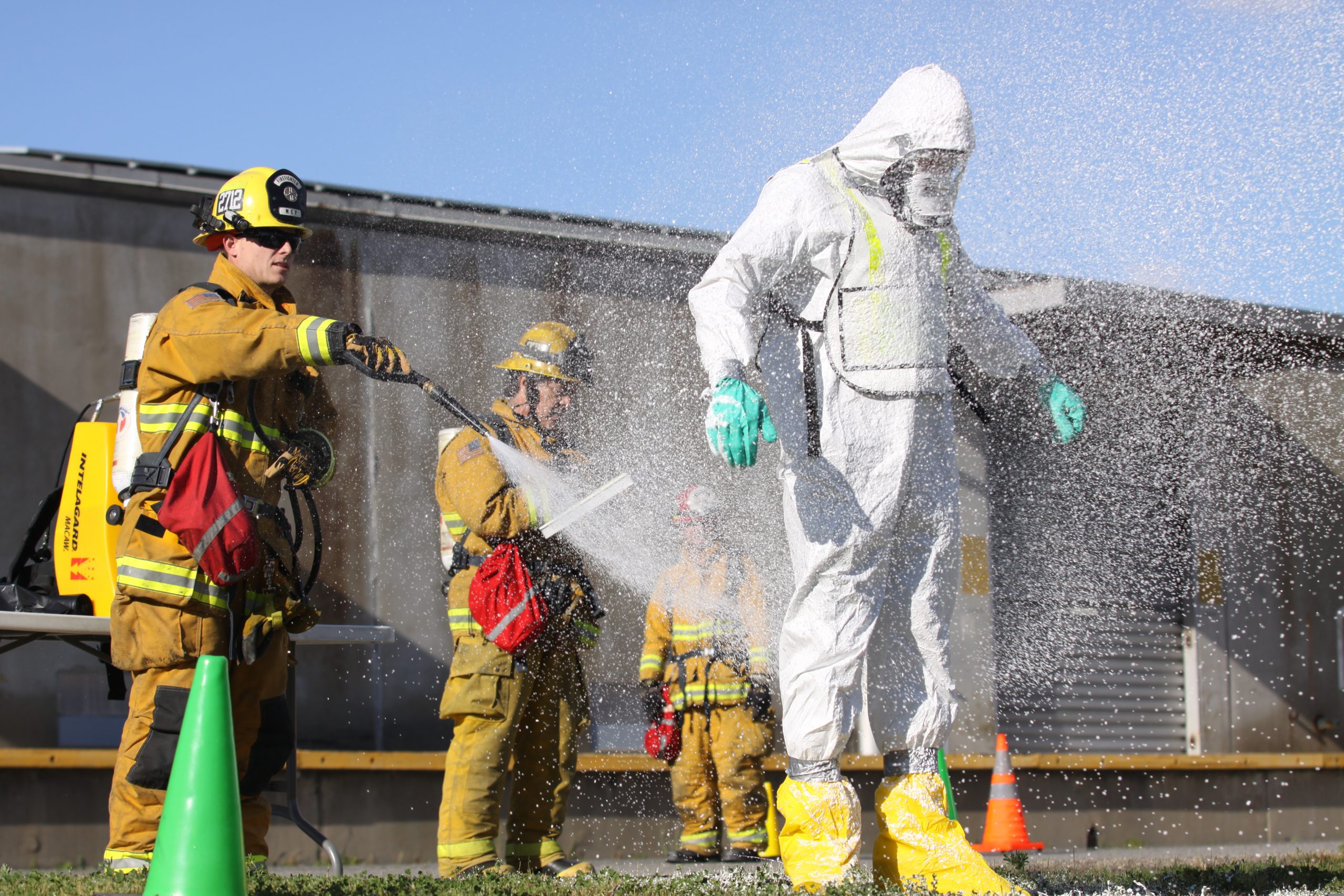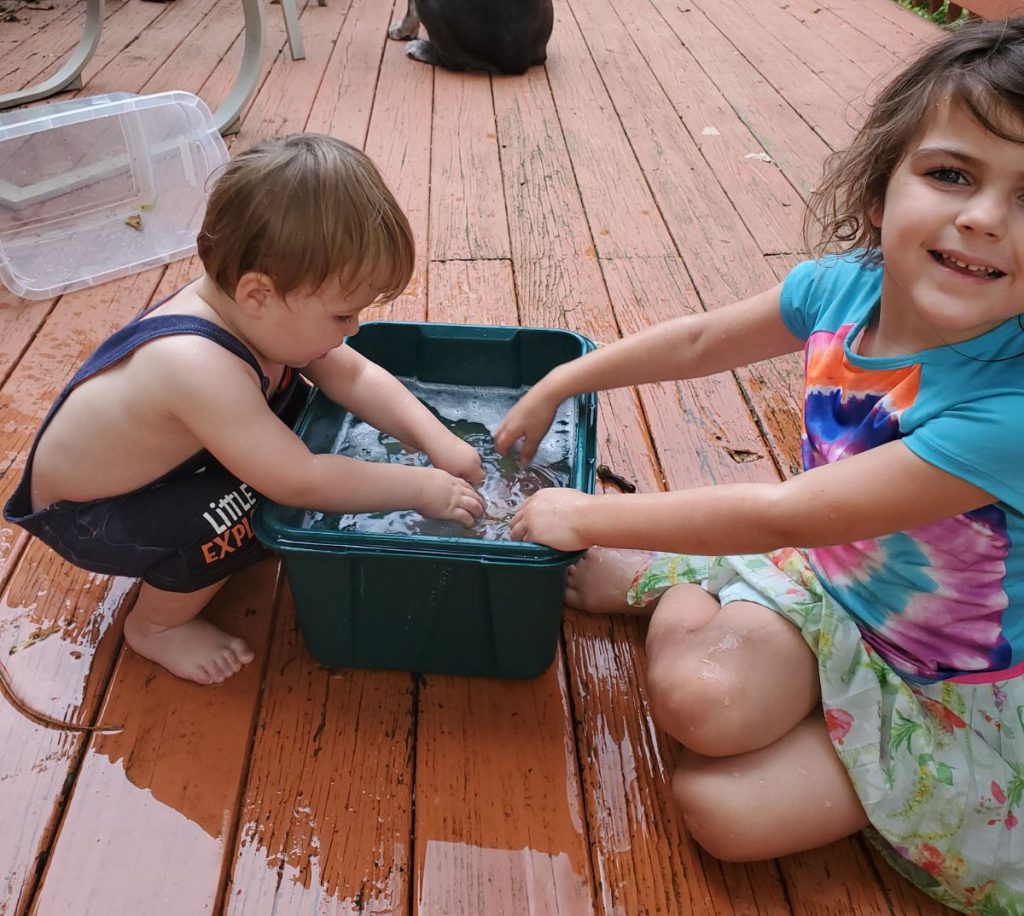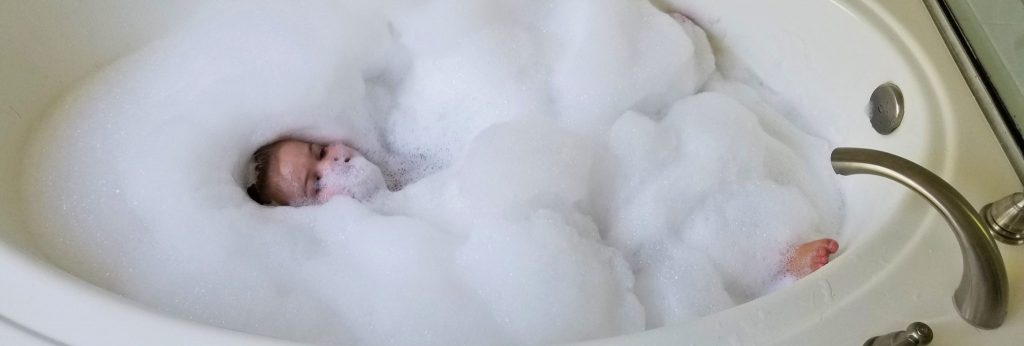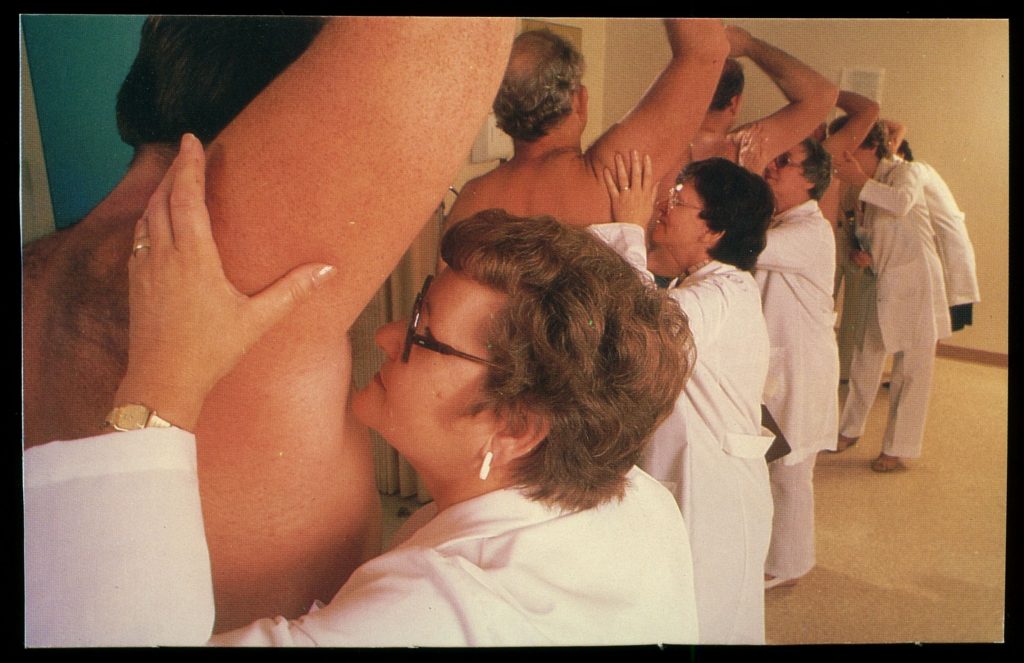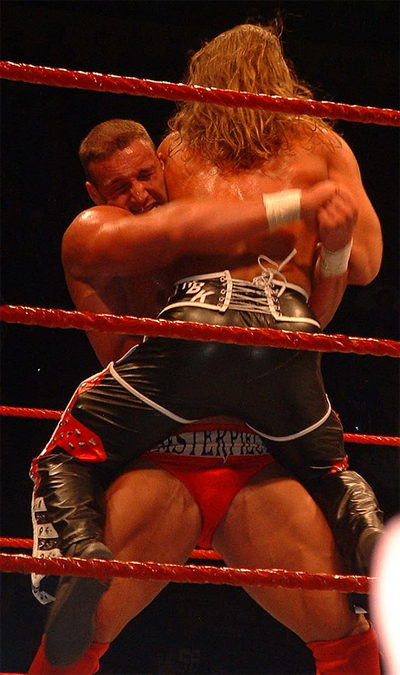There’s nothing like a road trip to make me notice license plates even more than usual. I recently spent twelve days in Rehoboth Beach, Delaware and, not surprisingly, their iconic plates were everywhere.
A local confirmed what I had heard before, that lower numbered plates are more prestigious, and that license plate numbers can be bequeathed, bought, or sold. In order to retain ownership of a license plate, before completing the sale or finalizing the trade of a vehicle, the owner must bring the title to the DMV. The fee to retain a plate is $35. There is a $20 fee to take the plate out of retention.
As I looked into Delaware plates, I learned a lot about other states as well.
History of License Plates
License plates, also known as vehicle registration plates and license tags, must be displayed on every car and truck on the road in the United States these days. But identifying vehicles is far from a recent development.
The earliest references to vehicle registration and possibly license plates date back to ancient Rome at the time of Julius Caesar (102 – 44 B.C.). There are references to the licensing of chariots, but whether a number was marked on the chariot itself or onto an attachment to the vehicle is not known.
What may have happened during the intervening centuries is a mystery. However, there must have been developments in Victorian England in the 1880s. In The Hound of the Baskervilles by Sir Arthur Conan Doyle, Sherlock Holmes and Dr. Watson try unsuccessfully to catch a public Hansom cab. Holmes, however, got close enough to the cab to spot its license number, which became a major clue in cracking the case.
Early American Vehicles
Delaware first required its residents to register their motor vehicles in 1905. Registrants provided their own license plates until 1909, when the state began to issue plates.
However, as of April 25, 1901, New York became the first state to require license plates on cars. The first New York plates were homemade, displaying the owner’s initials without any numbers. These first license plates were typically handcrafted of leather or metal (iron) and were meant to denote ownership via the initials.
California required license plates the next year.
Massachusetts was the first state to actually issue plates, beginning in 1903. The first such plate, featuring just the number “1,” was issued to Frederick Tudor, who was working with the highway commission. One of his relatives still holds an active registration on the 1 plate.
These early Massachusetts license plates were made of iron and covered in porcelain enamel. The background was cobalt blue and the number was white. Along the top of the plate, also in white, were the words: “MASS. AUTOMOBILE REGISTER.” The size of the plate was not constant, growing wider as the plate number reached into the tens, hundreds, and thousands.
Massachusetts was the first to issue license plates, but by 1918, all 48 of the contiguous United States were issuing license plate. Although territories at the time, Alaska and Hawaii began issuing plates in 1921 and 1922, respectively.
Variations Among States
Although the first license plates were meant to be semi-permanent, by the 1920s, states had begun mandating renewal for personal vehicle registration. Individual states tried various methods for creating the plates. The front typically contained registration numbers in large, centered digits while smaller lettering on one side dictated the abbreviated state name and a two- or four-digit year the registration was valid during. States often varied plate color from one year to the next to make it easier for police to identify expired registrations.
Since 1957, most types of North American plates have been a standard size, six by twelve inches. Prior to that, different sizes and shapes were common. Most were rectangular, but some plates used oval, square, round, and triangular shapes as well. For a number of years, Kansas and Tennessee cut their plates to match the shape of the state itself.
Delaware was the last state to adapt to the 1957 changeover to standard-size 6″x 12″ license plates, and remains the only state with [historic] non-standard size plates in current use.
The majority of Delaware’s black porcelain plates in use today are reproduction copies of the original series one style. In 1986 Delaware’s Division of Motor Vehicles legalized the manufacture of accurate replicas due to popular demand. There is only one company actively supplying the demand for these plates, the Delaware Historic Plate Company. Delaware is the only state that allows the private manufacture of legal license plates, and the only state to have retained the famous (among license plate aficionados) porcelain plates in the modern era.
License Plates Today
The modern Delaware style of reflective gold on blue was first introduced in 1958. Delaware DMV added “THE FIRST STATE” slogan four years later.
The style of Delaware’s license plate has not changed much in about 50 years. The black onyx and heritage gold colored Centennial License Plate [2005] was a celebration of 100 years of state-issued license plates.
In the U.S., each state’s Department of Motor Vehicles issues vehicle registration plates. The only plates issued by the federal government are for their federal vehicle fleet or for cars owned by foreign diplomats.
Note: some Indigenous groups in America also issue their own registrations to members, but many states now offer a special registration.
New Mexico is the only state that specifies “USA” on its license plates, in order to avoid confusion with the country of Mexico, which it borders.
Initially, license plates were issued in pairs. During WWII, due to material shortages, most states dropped the requirement for a front plate. As of 2023, the “Rugged Nineteen” states still require only one plate:
| Alabama | Arizona |
| Arkansas | Delaware |
| Florida | Georgia |
| Indiana | Kansas |
| Kentucky | Louisiana |
| Michigan | Mississippi |
| New Mexico | North Dakota |
| Oklahoma | Pennsylvania |
| South Carolina | Tennessee |
| West Virginia |
Modern Standards
Even today, there’s no nation-wide standard for how many letters/numbers are on a license plate. Some states have six-character plates, some have seven-character plates and yet others have eight-character plates.
As of 2023, the four oldest plate designs in use – each with slight to moderate cosmetic changes since inception – are those of Delaware (in production since 1959), Colorado (since 1960, continuously since 1978), the District of Columbia (since 1975, and Minnesota (since 1978).
It’s been many years since all of a state’s license plates looked alike. Today, the 50 states and the District of Columbia offer 8331 different vehicle license plate designs.
Jon Keegan, an investigative data reporter, has published a complete list of all license plate designs in the US. He found that Maryland has the most plate designs of any state: 989, nearly twice as many as runner-up Texas (476). Hawaii has the fewest, with just 14. You can discover more intriguing tidbits from Keegan’s survey and search the database for yourself here.
License plates in Delaware feature up to seven characters. Prefixes indicate the type of vehicle or organization they represent. The state originally used the letter C only for trucks and vans. However, they introduced “CL” when they started to run out of numbers.
The number of possible license plate numbers depends on the format of the license plate. If the plate consists of 6 digits and letters, then there are 2,176,782,336 possible license plate numbers. If the plate consists of 7 digits and letters, then there are 78,364,164,096 possible license plate numbers.
Vanity License Plates
Virginia offers 333 basic plate designs. Drivers can personalize most of these designs for an additional fee. Vanity plates such as HRD TME, GR8 BOD, etc., are common. In fact, one out of every ten personalized license plates in the United States is registered to a Virginia driver. Perhaps this high take-up of vanity plates is due to the fact that a personalized plate in Virginia costs just $10 more than a randomly-assigned number.
Look, too, for vanity in New Hampshire, Illinois, Nevada and Montana, but car and truck owners in Virginia are the vainest of them all.
In Delaware, the DMV will no longer accept or process new vanity plate requests. The DMV has already stopped processing all pending vanity license plate requests as of Tuesday, May 14, 2024. Existing vanity license plates that have been issued prior to the Court’s decision currently remain eligible for renewal.
Government Plates
Politicians and elected officials have long had access to colorful, special, low-numbered plates. In Virginia, if you see a regular license plate that is 1, that is the Governor’s official car. The Lt. Gov. is 1A, the Attorney General A1, the Governor’s unofficial car is A, and prior Governors are 2, 3, 4, etc.
In Delaware, 1 is for the Governor, 2 for the Lt. Governor, and 3 for the State Attorney General.
In fact, in most states the No. 1 plate is assigned to the Governor’s limousine, while No. 2 is provided to the Lieutenant Governor.
North Dakota has a unique approach to providing low numbers to their elected officials. The North Dakota Governor gets plates No. 1 and 5, while the state’s senior U.S. Senator receives plate No. 2. The junior U.S. Senator from North Dakota gets plate No. 3, and the lone at-large Congressman can drive a car with plate No. 4. The Lieutenant Governor of North Dakota receives plate No. 6. However, officials who don’t want to attract attention—for whatever reason—will choose not to display such identifiable license plates. Such special plates are very sought after by collectors.
Collecting License Plates
Serious U.S. license plate collectors consider the 1921 Alaska plate to be the holy grail of license plates and perhaps the rarest of all U.S. license plates. As recently as 2008, just four were known to exist, with their worth being somewhere around $60,000 each at the time.
But for dollar value? In 2008, someone bought the No. 6 Delaware license plate at auction for $675,000. In 2018, Butch Emmert auctioned off the No. 20 tag for $410,000.
For Delawarians, there may be no status symbol greater than the coveted low-digit license plate. Not just anyone can buy these rare Delaware plates, though. You have to be a Delaware resident with a Delaware driver’s license.
Although the biggest draw is low numbers, Delaware complicates the situation by starting some tags with letters: C for commercial, PC for passenger car, T for trailer, MC for motorcycle, RT for recreational trailer, and RV for recreational vehicle.
Bottom Line: Even something as mundane as a license plate has history. What might you learn about your own?






















